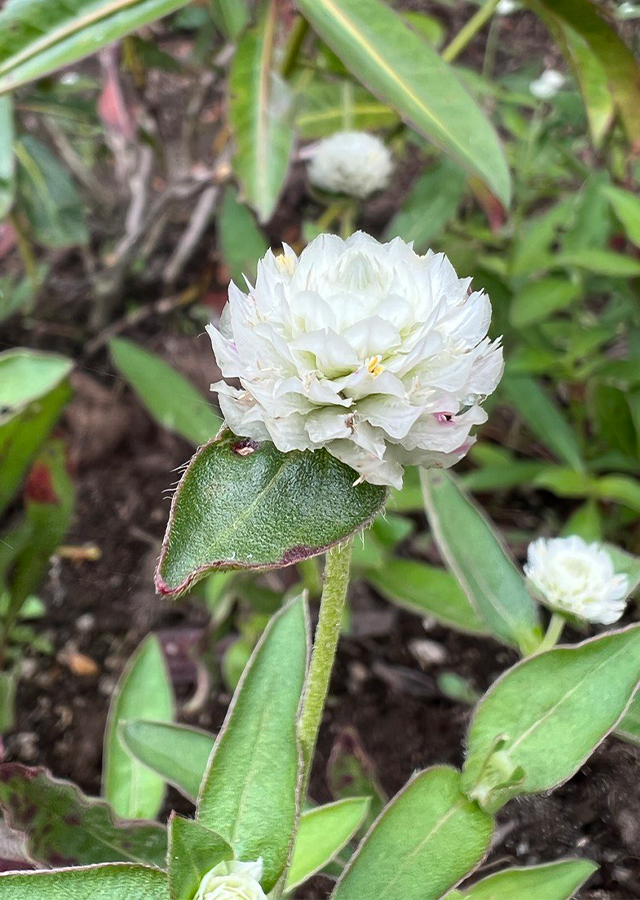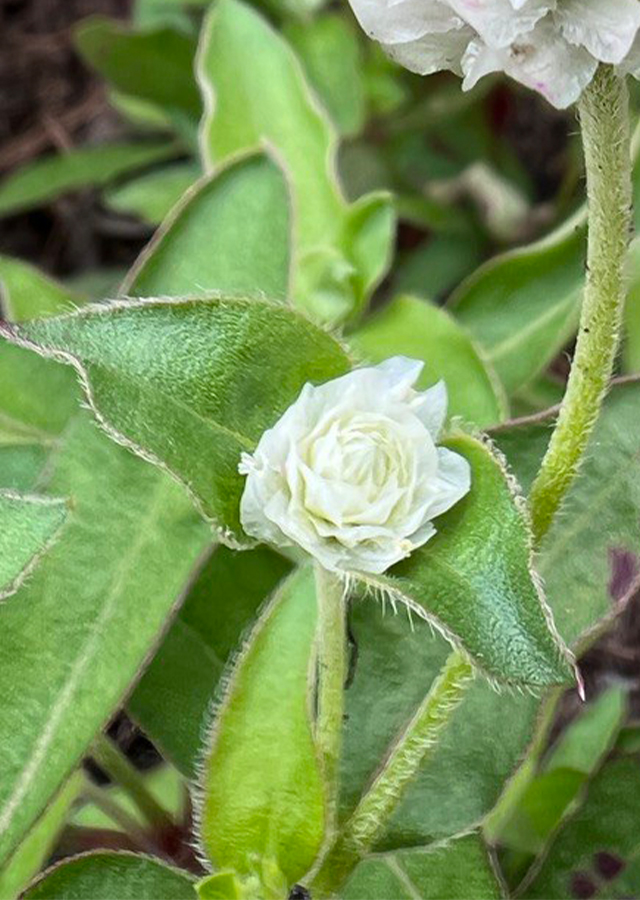Traditional Herbs from Gomphrena celosioides
diabetes
- Wash the roots of the white knob flower thoroughly with running water.
- Boil the roots until boiling.
- Let it sit until warm/cold.
- Strain and drink.
sexual_transmitted_disease":[ "Take enough white knob flower leaves and wash them until clean.
What is Gomphrena celosioides Looks like??



Parts of Gomphrena celosioides that could be used
- Leaves
- Roots
- All Parts of the Plant
Gomphrena celosioides Distribution
White knob flowers originate from Northeastern Argentina, Northwestern Argentina, Bolivia, Northern Brazil, Northeastern Brazil, Southern Brazil, Southeastern Brazil, West-Central Brazil, Ecuador, Paraguay, Uruguay. White knob flowers are widely grown as ornamental ground cover plants planted in gardens or in pots. Apart from being an ornamental plant, this plant is also used in traditional medicine. In South Nigeria, white knob flowers are used to treat skin diseases, worm infections, and infectious diseases, while in South America, this plant is used as an abortion medicine and a decoction of the whole plant, together with G. globosa, is applied to gangrenous wounds.Agroecology of Gomphrena celosioides
The white knob flower grows at an altitude of up to 2,500 m above sea level, on all types of soil in full sun or partial shade, air temperature 10-30 °C, and average annual rainfall 1,000-3,000 mm. Habitat is found on the ground damp, like near a river bank.
Morphology of Gomphrena celosioides
- The taproot is deep and often forms a strong webbing.
- Opposite leaves are elliptical with smooth margins (3-4 cm long, 1 cm wide). Leaf veins are pinnate, leaf base is tapered, leaf tip is tapered, leaf margins are flat .The color of the leaves is light green, dark green, yellowish.
- Small yellow flowers are hidden between white, petal-like bracts. The inflorescences are initially spherical, but gradually elongate to 3-4 cm in length and about 1 in width cm.
- The dry, unbreakable fruit is known as a utricle. The fruit is approximately round and contains one seed each.
- Glossy brown seeds (1.5 mm long).
Cultivation of Gomphrena celosioides
Generative propagation via seeds and vegetative propagation via stem cuttings.
Gomphrena celosioides, more details :
Chemical Content of Gomphrena celosioidesSteroids, glycosides, alkaloids, saponins, tannins, urantiamide, auratiamide acetate, polyphenols, flavonoids, triterpenes.
Benefits of Gomphrena celosioides
Treats skin diseases, worm infections, infectious diseases, abortion drugs, gangrene wounds, diabetes, hypertension, kidney problems, as a heart tonic, jaundice, sexually transmitted diseases, malaria, cures urolithiasis. Has antibacterial, antifungal, antioxidant, analgesic, anti-inflammatory, anthelmintic, hepatoprotective, nephroprotective, anti-ulcerogenic, anti-urolithiatic, anticarcinogenesis, antioxidant, diuretic properties.
Simplisia of Gomphrena celosioides
"Take fresh white knob flower leaves and wash them until clean." well covered and protected from light to maintain the simple quality.
Another Facts for Gomphrena celosioides :
Synonym of Gomphrena celosioidesGomphrena alba PeterGomphrena celosioides var. aureiflora StuchlíkXeraea celosioides (Mart.) Kuntze
Habitus of Gomphrena celosioides
Herb. Annual herb, reaches 25 cm high
Habitat of Gomphrena celosioides
- Riverside
- Land
No comments:
Post a Comment